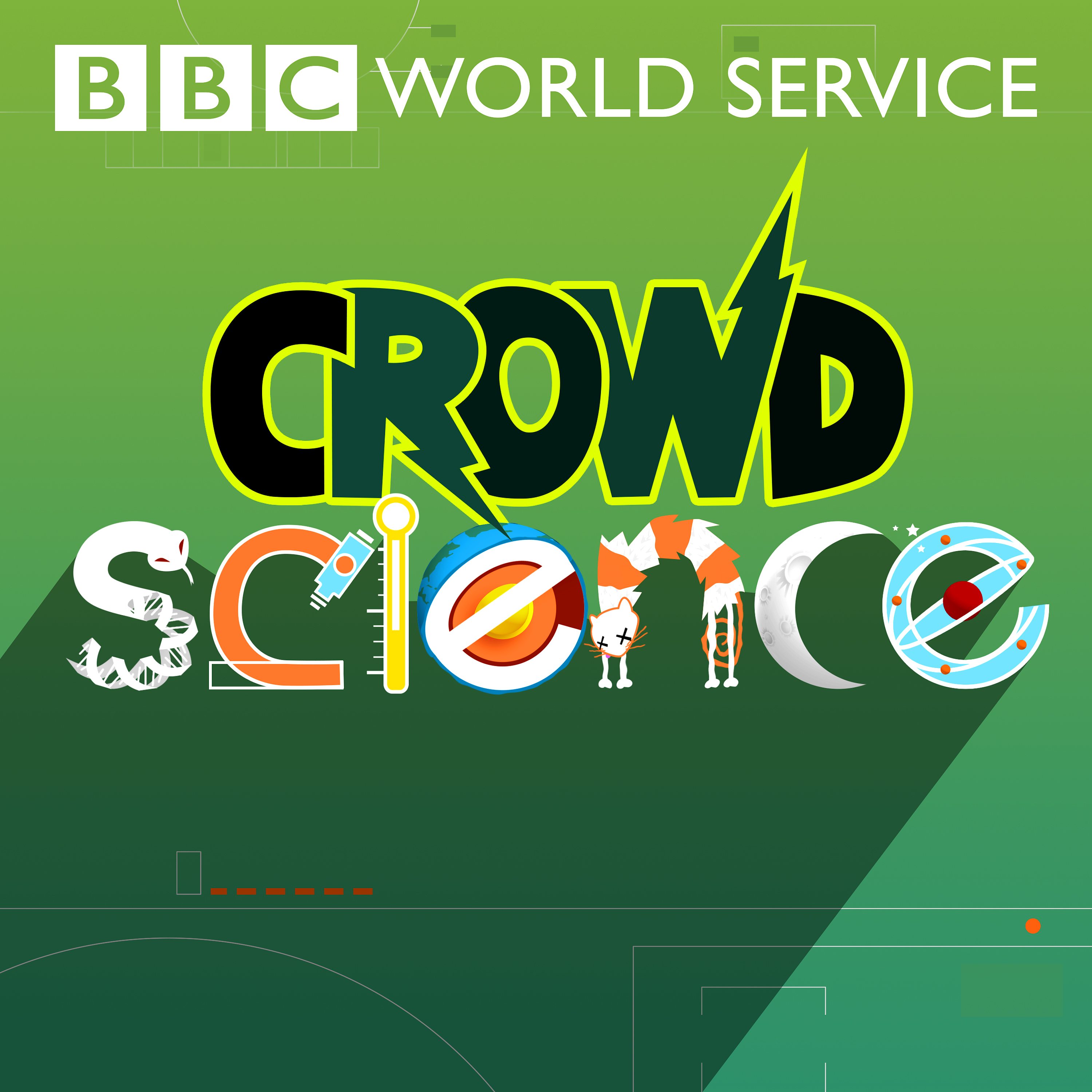
CrowdScience
Dec 29, 2023
Welcome to Part 2 of our year-end extravaganza and the final episode of 2023!
We’ve had a brilliant year hunting down the answers to your science questions - on everything from food and phobias to friction and flying - and in this episode presenter Anand Jagatia is revisiting some of the best stories we covered. We’re bringing you some extra juicy bonus content that we couldn’t fit in to those shows first time round.
Hannah Fisher joins Anand to revisit an episode she produced about the microbiome, the community of tiny organisms living both on and inside us. During that show Hannah took presenter Caroline Steel to a microbiome museum in the Netherlands called Micropia. And one thing from Micropia that never got aired was the kiss-o-meter, a device that measures how many microbes you exchange when you kiss! Micropia curator Jasper Buikx explains the science behind the kiss-o-meter, and then Caroline Steel tries it for herself!
Microbes aren’t just living on and in humans and animals - they’re pretty much everywhere in our environment. And to illustrate this CrowdScience producer Marijke Peters brings Anand a bonus interview with a professional surfer who’s also a bioscientist.
Cliff Kapono undertook a scientific project travelling around the world to take microbiome samples from surfers in different countries. He discovered a fascinating global connection. Surfers are linked together by microbes on their skin that they get from the water around them. Intriguingly, he describes how this might affect our perception of who we are as humans.
Caroline Steel updates us on an interview she did with indigenous Australian astronomer Peter Swanton. Peter appeared on CrowdScience telling an ancient Australian folktale about a man who sacrificed himself to save his brother. The story, which has been handed down through several generations, provides possible evidence for an early observation of a supernova. You can hear that story in the episode “Why is the sun at the centre?”
Today we hear two extra stories that originally got cut from the broadcast due to time constraints. They are beautiful and poignant tales that reveal the depth of indigenous scientific achievement and the extraordinary significance of the night sky.
Presenter: Anand Jagatia Producer: Phil Sansom Editor: Richard Collings Production Co-ordinator: Jonathan Harris Studio Managers: Tim Heffer and Cath McGee
Featuring:
Jasper Buikx, scientific curator & spokesperson, ARTIS-Micropia Prof. Cliff Kapono, surfer & molecular bioscientist, School of Ocean Futures at Arizona State University Peter Swanton, indigenous research associate, Australian National University

